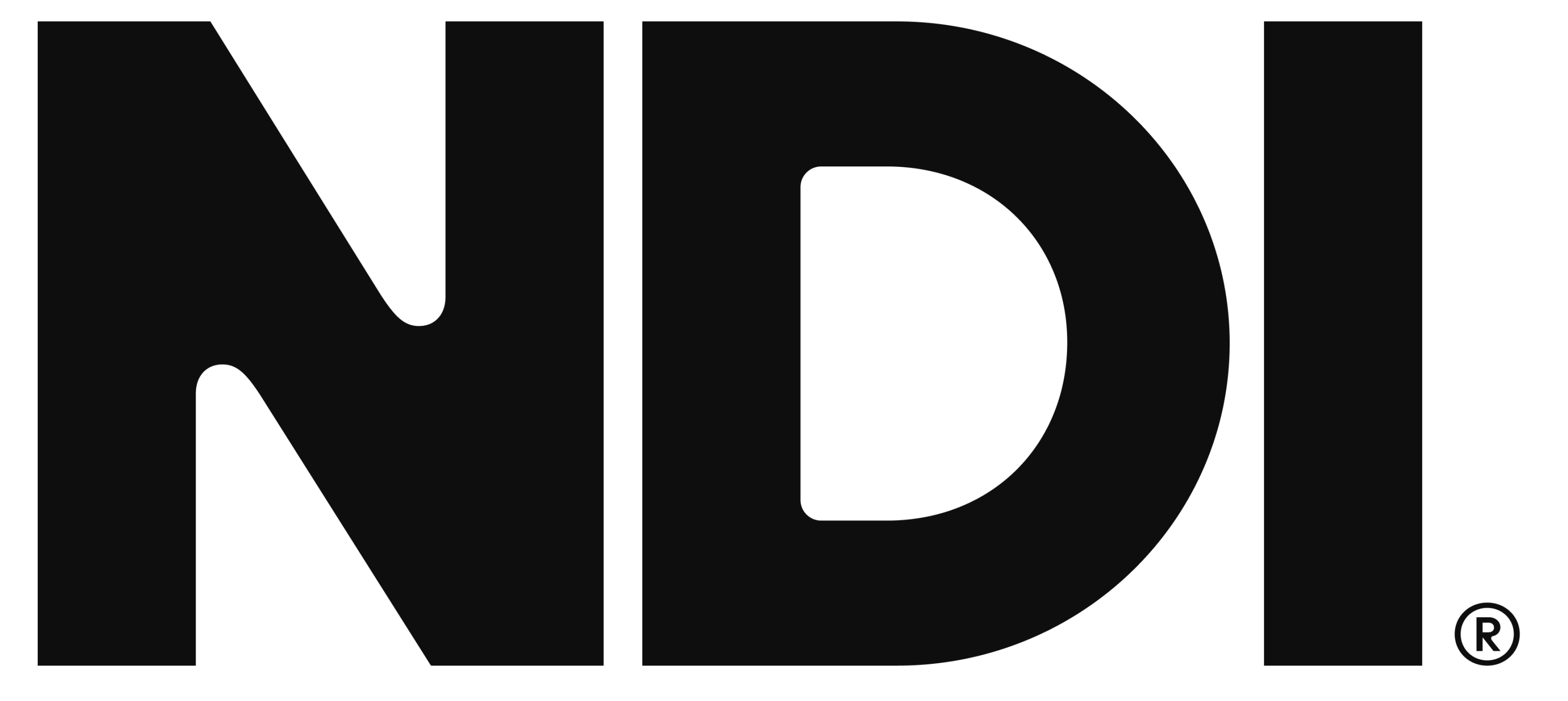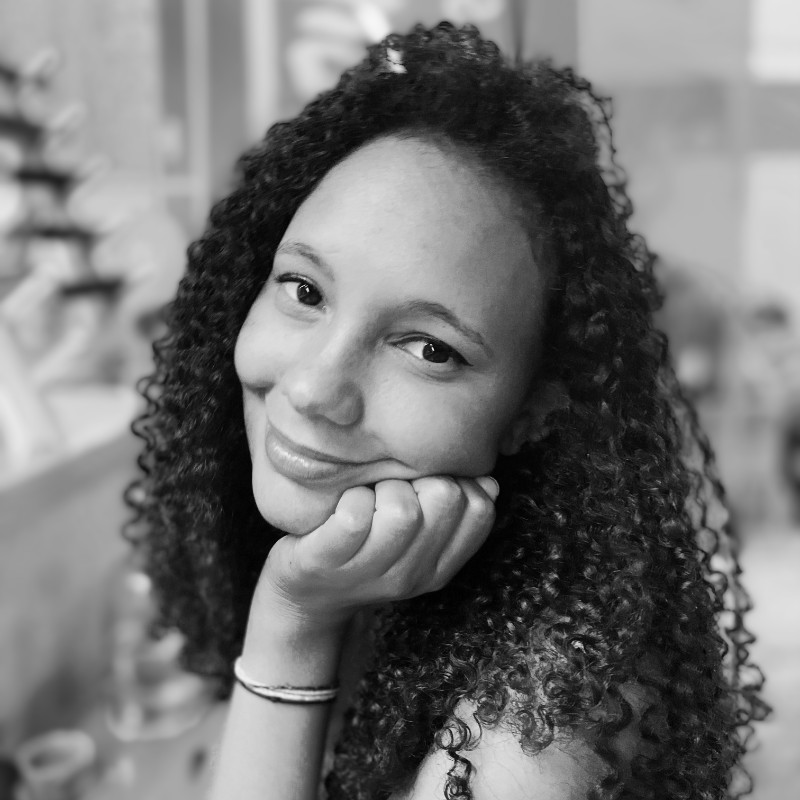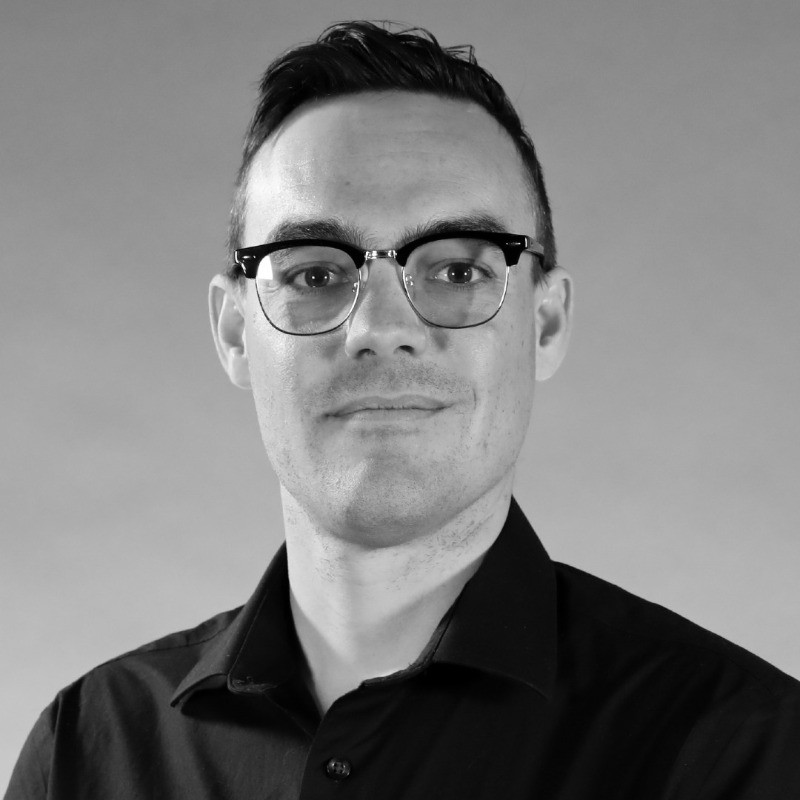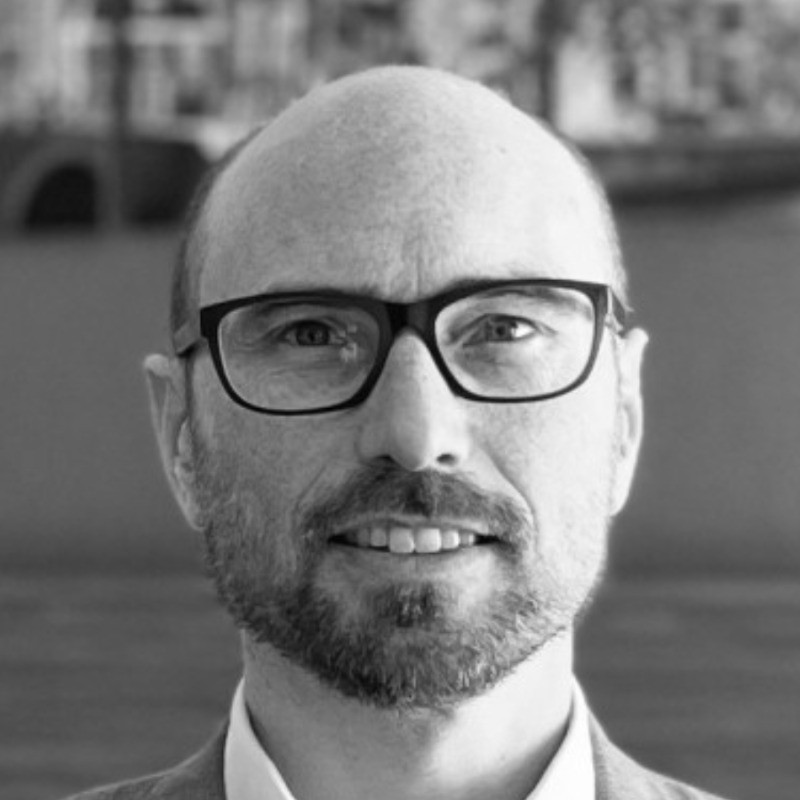Elias Puurunen is a remarkable figure in the event production space: his career has seamlessly blended the worlds of computer science and live event orchestration. From his early days tinkering with event setups during high school to putting his computer science degree to use after 2020, Elias’s unique trajectory has positioned him as a true trailblazer in virtual and hybrid event production. In this Connected Community story, we sat down with Elias (virtually, of course) to discuss how he leveraged NDI to build up his own company, Tractus Events, and revolutionize event production workflows, offering unparalleled flexibility, remote production capabilities, and cost efficiencies.
Let’s start with an introduction: Who is Elias, and how does your story connect with NDI?
I’ve been doing event production since my high school days. When I went to university to get my bachelor’s in computer science, I got into programming pretty hard and worked for broadcast hardware manufacturers. After finishing my university career, I ended up getting back into events, doing event production, and writing event apps. Then, 2020 happened, and I got into the world of virtual and hybrid event production. I had an event platform before and retooled it so that we could do virtual and hybrid events.
My team at Tractus is lean and mean; in some cases, we don’t have access to traditional venues or a dedicated setup and tear-down team that can lay down all the cables and ensure everything works. We needed to find a way that would allow us to set up and tear down these setups as fast as possible but still maintain great quality.
Coming from the broadcast world and with my computer software and hardware background, I’ve done radio-based development, but the airspace is congested. That’s when we found solutions like NDI and realized that if we can carry everything over one cable – power, audio, video, and control signals – we only have to run one inexpensive wire for each endpoint. And that saves us time and money.
There’s also the suite of tools I’ve made for troubleshooting and diagnosing NDI on a network while helping with production and testing. All these tools are public.

When did you first hear about NDI?
It was the middle of the pandemic. At first, we were using NDI to help us record sessions for virtual events. We were using open broadcasting software, like OBS and Microsoft Teams, to bring in all our presenters, mix them into a custom layout, and record their sessions.
We were using all software-based NDI workflows, but once we got into the world of producing hybrid events, we started to see the power of NDI-enabled hardware devices.
What type of workflows were you setting up then?
During the middle of the pandemic, when we were doing hybrid productions, we were still traditionally hardwired – SDI connections from our camera into some video mixer, going into our main production laptop that sent the broadcast program feed out to participants.
Our first major use case with NDI happened in 2020. We were booked to produce a 4-day hybrid conference. The format of this conference was one main plenary session room with a couple of cameras and four projectors, and we had four breakout rooms, each with a projector. In each of the breakout rooms, we wanted a true hybrid experience. Here’s the trick: All four breakout rooms were made by taking our main plenary session and putting up walls between each room. We needed a way to have cameras that could capture each of the four breakout rooms but also act as cameras in our main plenary session. We also had to be able to switch what was displayed on each projector.
This is what we did: Each room had an NDI-enabled camera, either PTZ or a fixed camera. Each breakout room had a laptop with NDI tools installed, so when we needed to convert to breakout room mode, we would tune that breakout room’s NDI camera into the NDI camera that was positioned in that room. We also had individual control over the separate HDMI inputs to each room, and we put a computer in front of each of those HDMI inputs running the NDI Studio Monitor tool. We were able to set up some projectors to display the slides, some to show the remote presenters, and one projector to display the local presenter. All four cameras would then become our live production cameras for the main streaming source. We mixed all that into our main computer running OBS, which would then be sent out to the remote audience.
The NDI-based workflow gave us this flexibility without setting up or tearing down anything new. All we had to do at the breakout session was put the laptops on the presenter table, turn them on, connect with the NDI camera, and we were ready to go. We pulled off an incredible production without intensive labor and having to set up or tear down specialized setups. Everything was done in software; as long as we could see the NDI source on the network, we could connect to it.
What are you now able to accomplish with NDI that was previously impossible?
As an independent event production company, the fact that we can provide a high-quality broadcast production setup without spending loads of time setting everything up is a huge competitive advantage for us. It allows us to have very flexible setups without the need for bringing in a giant crew to set up everything beforehand.
It’s also opened up cloud production possibilities: I can have crew members at home aiming the PTZ cameras and setting up the shots. They don’t have to be on site. My talent pool is now worldwide.
Having these flexible workflows with this instant discoverability – meaning that if we can see the NDI source, we can bring it into our production – is also a considerable advantage.
Are there any specific examples of NDI-based setups that you would like to share with the community?
An excellent example is when we had a fully outdoor production, a marathon. We were streaming the start and finish line and commentary from the finish line. We also wanted to display the runners as they came through the finish line and be able to show their times. We wanted to display this for the online audience, people watching in the VIP tent and the food tent as the runners came through.
To capture the times, we were only provided a full-screen output with the runner’s times and names on a green background as they came through. We added an HDMI to NDI converter. We converted their computer’s output – white text and green background – to an NDI source. We already had a whole NDI-based network set up to capture the finish line and send video to the different tents, so adding that source to the network was not a problem. We brought in their custom outputs without messing with their setup, did that at the last minute, and enhanced the production without a sweat.
The coolest part of that whole setup was happening in the main production tent. We were broadcasting to the internet but only had a cellular connection. We ran ethernet over from the main tent to the VIP tent, which had all of the sponsors, and we also ran it over to the food tent and then over to the finish line to capture our main PTZ camera. What was remarkable about that was that we had run 750 feet of ethernet through the public park by the time we were done. On their local network, we were using NDI to capture the cameras and then a computer to convert NDI to SRT back to our production tent.
We’re very excited to have you as a speaker at our next Connected Community Webinar. What are some topics you’re eager to talk about?
I’m excited to discuss the flexibility side of things and the type of event production workflows NDI can open up. The software developer side of me also wants to talk about the ease of use of the SDK itself. If you want to start doing video production, it’s not that hard; the SDK gets you a good amount of the way there. As an event professional, I’m also excited to discuss the cost-saving advantages of using NDI.
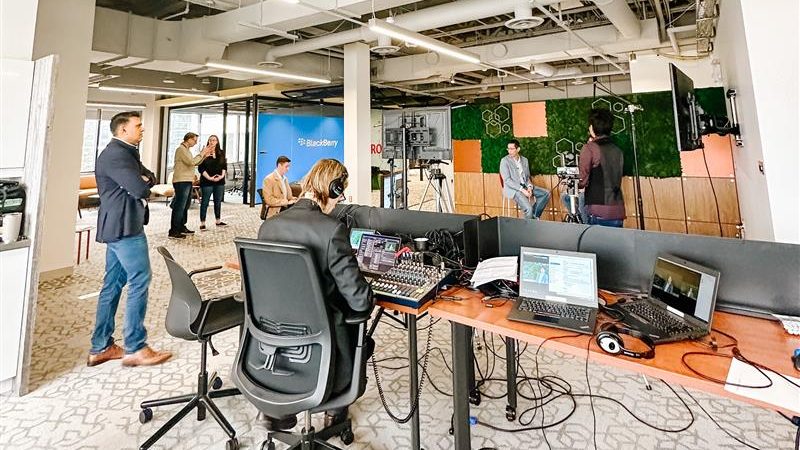
If you’re an AV professional or in the event industry and you’re trying to think about if you should be standardized on a particular protocol, but you’re not sure which one, I would suggest you keep an open mind to all the different technologies out there. Each of these different AV over IP options fulfills a different role. But regarding flexibility and things just working, you need to take a serious look at NDI and what it can do for you.
Connect with Elias at our next Connected Community Webinar.
